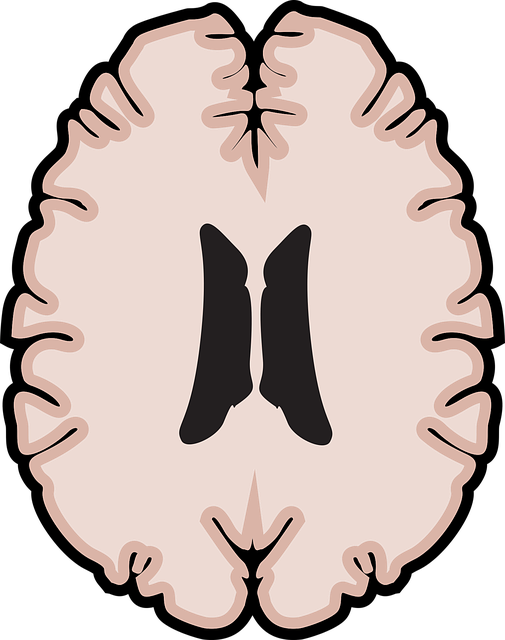RFM Strategies: Enhancing Therapy for Children with Developmental Disabilities
Resilience is vital for children with developmental disabilities, and the Resourceful Functioning Mo…….
Developmental disabilities, affecting millions of children worldwide, represent a diverse array of conditions that impact a child’s growth and functioning. These disabilities range from learning disabilities and autism spectrum disorder to attention-deficit/hyperactivity disorder (ADHD) and physical impairments. In response to this complex challenge, therapy for children with developmental disabilities has emerged as a vital field, offering specialized support and interventions to enhance their overall well-being and foster their unique potential. This article delves into the multifaceted world of therapy for children’s developmental disabilities, exploring its various aspects, global impact, and future directions. By the end, readers will grasp the significance of this field in ensuring that every child receives the necessary tools to thrive.
Therapy for children with developmental disabilities encompasses a range of evidence-based practices designed to address the unique challenges faced by these young individuals. It involves a multi-disciplinary approach, often employing professionals from various fields such as psychology, occupational therapy, speech-language pathology, and special education. The core components include:
The concept of therapy for children with developmental disabilities has evolved significantly over the past century. Historically, these children were often marginalized and excluded from mainstream education and social activities. The field gained momentum in the 1960s and 1970s with increased awareness and advocacy for the rights of individuals with disabilities. Key milestones include:
These milestones laid the foundation for a more inclusive and supportive environment, where therapy plays a pivotal role in empowering children with developmental disabilities to reach their full potential. Today, therapy is not just about addressing deficits but also about fostering resilience, promoting independence, and enriching the overall quality of life for these children.
Therapy for children with developmental disabilities has a profound global impact, touching every continent and shaping the lives of countless families. The World Health Organization (WHO) estimates that approximately 1 in 10 children worldwide live with a disability, highlighting the immense need for accessible and effective therapy services.
The economic landscape surrounding therapy for children with developmental disabilities is complex and multifaceted, influenced by factors such as healthcare systems, insurance coverage, and parental financial resources.
Technology has emerged as a powerful ally in therapy for children with developmental disabilities, offering innovative tools and approaches that enhance both access and outcomes.
The field of therapy for children with developmental disabilities is shaped by a web of policies and regulations that vary significantly across jurisdictions, influencing service delivery, funding, and quality standards.
Despite significant progress, therapy for children with developmental disabilities faces several challenges and criticisms that require strategic solutions and ongoing dialogue.
Setting: Urban community in North America.
Challenge: Implement an early intervention program for children with ASD to improve their social communication and adaptive skills.
Strategy: A multi-disciplinary team, including speech-language pathologists, occupational therapists, and behavioral analysts, collaborated to develop a comprehensive early intervention model. The program focused on:
Outcomes: After two years, children in the program demonstrated significant improvements in social communication, language skills, and adaptive behaviors, compared to a control group. Parents reported higher levels of confidence in their ability to support their child’s development.
Setting: Remote rural area in Australia.
Challenge: Provide therapy services to children with learning disabilities who live in isolated regions with limited access to specialists.
Solution: Implement a teletherapy program using video conferencing technology, allowing children to receive regular therapy sessions from remote locations. The program included:
Impact: The teletherapy program successfully addressed the unique challenges faced by rural children, leading to improved academic performance, enhanced self-esteem, and better social skills. Parent feedback highlighted the convenience and effectiveness of this approach, encouraging further expansion.
Setting: Urban neighborhood in Latin America.
Goal: Develop a community-based therapy program to improve accessibility and quality of life for children with physical disabilities.
Approach: Local volunteers, including college students and retired professionals, were trained to deliver basic therapy services through a community-based initiative. The program focused on:
Results: The program successfully increased accessibility to therapy services in underserved communities, leading to improved functional abilities and enhanced participation in local activities among children with physical disabilities.
Therapy for children with developmental disabilities is a dynamic field that continues to evolve, driven by technological advancements, policy reforms, and a growing body of evidence-based practices. Despite challenges, the global landscape shows notable progress in access, quality, and outcomes. As we move forward, continued collaboration among professionals, policymakers, researchers, and communities will be essential to shape a future where all children with developmental disabilities have the opportunity to reach their full potential.

Resilience is vital for children with developmental disabilities, and the Resourceful Functioning Mo…….